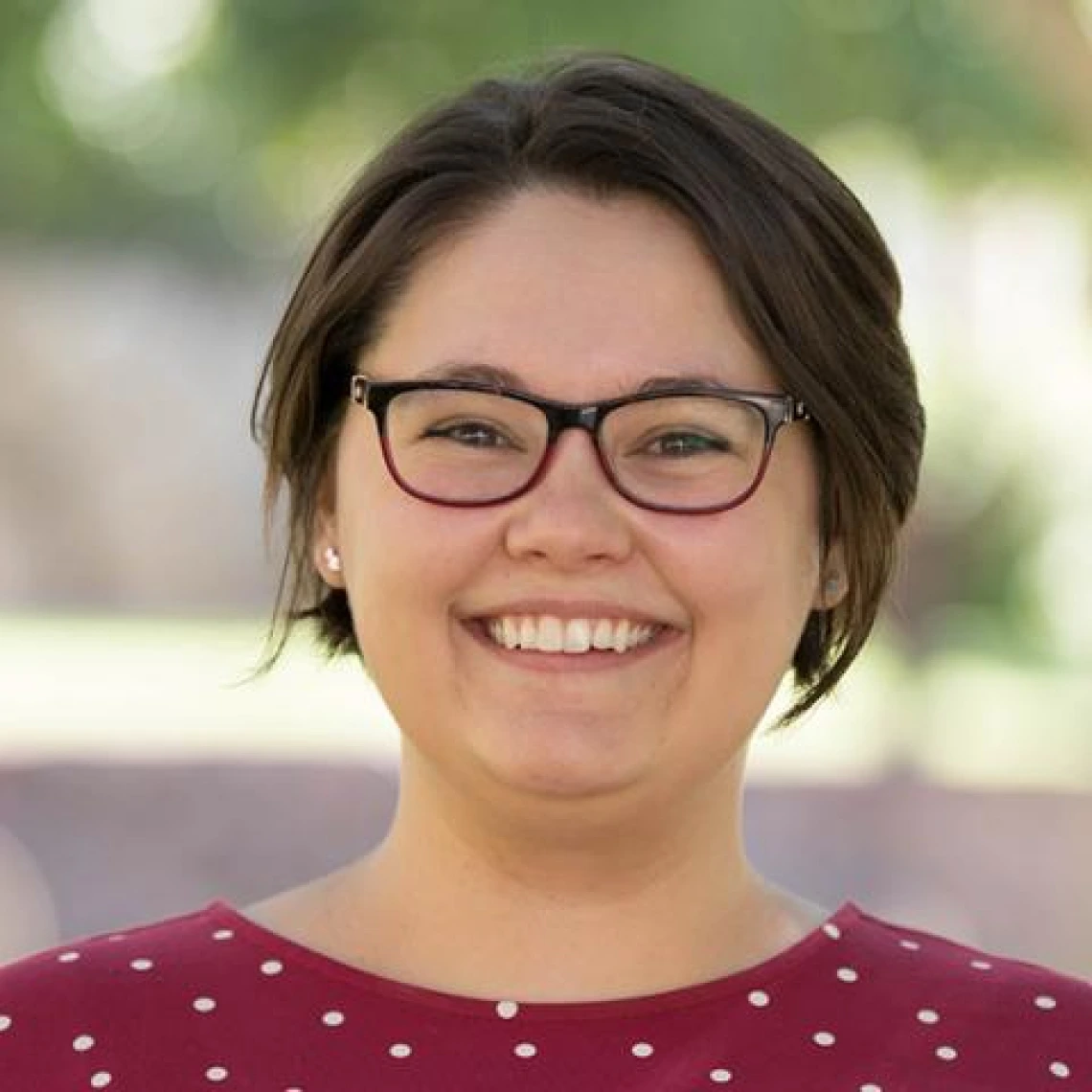CIRTL Incorporates ePortfolios into Certificates

CIRTL is piloting digital learning portfolios to help members track their progress and reflect on their learning.
As part of a larger shift on campus toward reflection and portfolio learning, CIRTL is piloting the use of digital learning portfolios as a way for our members to track their progress and reflect on their learning as they pursue their certificate levels. Rather than simply reporting on activities they completed, members will be required to write a reflective essay about their ongoing professional development and select artifacts from activities they did to complete their certificate level to demonstrate their learning. CIRTL members will use the same portfolio as they complete certificate levels and can keep their portfolio for as long as they like after graduating or completing their postdoc appointment.
To prepare for the roll-out, the CIRTL team worked with Dr. Emily Jo Schwaller, Instructional Technologist and ePortfolio Coordinator for General Education at UArizona, to develop a user-ready template in Digication, UArizona’s eportfolio software, for members who would like to work with a pre-designed template (although members can use any digital platform they wish). Schwaller, who also created a series of how-to videos for our website, advocates for eportfolios, especially at the graduate level: “As graduate students are bridging the role of student and professional, ePortfolios provide a space to facilitate, represent, and reflect on identity and growth,” she says. “Additionally, maneuvering between these two roles provides new challenges, and the archiving and reflections within ePortfolios help bridge these spaces and facilitate transfer from one role to another.”
For graduate students and postdoctoral scholars preparing for the job market, creating a learning portfolio is an excellent way to assess their own goals as teachers and future faculty, reflect on their teaching and learning experiences, and present their insights about teaching to an external audience (Rickards et al., 2008). Dr. Liang Zhang, a postdoctoral scholar in Information Sciences who submitted his portfolio this fall, says that putting together a learning portfolio was a positive experience. “I think the learning portfolio is easy to use, and it's like playing with building blocks,” he says. “Even people without a background in web design can quickly learn to use it. Besides that, the structure of the website is also very clear, which can help readers quickly find the information they want to see.”
“Lastly, ePortfolios act as a representation of creativity and agency of the individual students and highlight the labor of graduate students that might often go invisible,” says Schwaller.

